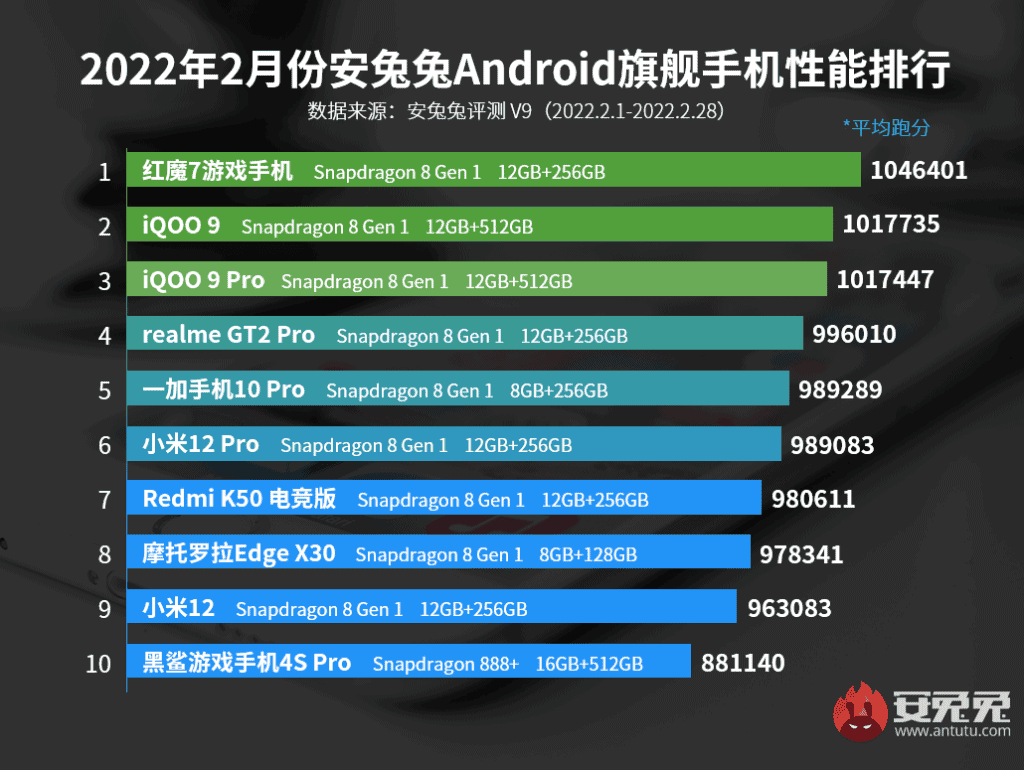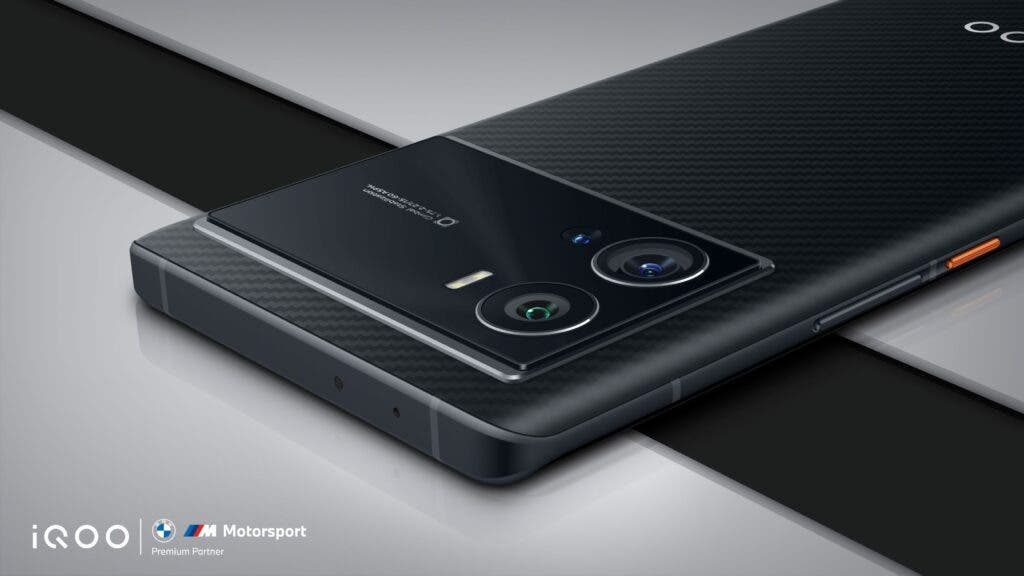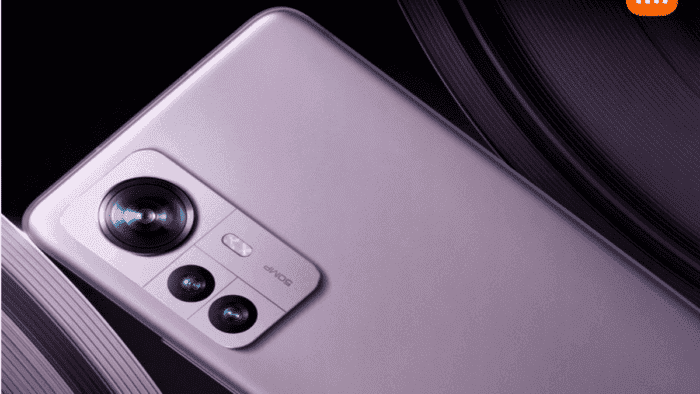If you are searching for a powerful smartphone, AnTuTu has finally released its list of most powerful smartphones for February 2022. Well, we are not entirely surprised by the devices on the list. After the release of Qualcomm’s new-generation flagship chip, Snapdragon 8 Gen 1, major manufacturers have also successively launched their new high-end flagships. Qualcomm’s high-end flagship processors are prone to overheating. Thus, if the manufacturer does not have a good heat dissipation system, the performance of the chip will probably plunge. This is why the emphasis on most Snapdragon 8 Gen 1 smartphones is the heat dissipation system.

The use of the Snapdragon 8 Gen 1 means these smartphones will also come with super-large heat dissipation top-notch fast charging. These qualities make these devices hard to ignore.
Snapdragon 8 Gen 1 smartphones dominate
So in the past February, who is the king of Android performance? Today, AnTuTu released the Android mobile phone performance list for February. From the list, almost all of them are equipped with the Snapdragon 8 Gen 1 processor. In fact, there is only one smartphone that does not use the Snapdragon 8 Gen 1 and it’s in 1oth position.
Nubia Red Magic 7 claims top spot
1. Nubia Red Magic 7 – 1,046,401 points
Specifically, the first place in this Android flagship performance list is the Nubia Red Magic 7 gaming phone. This device comes with an average running score of 1,046,401. AnTuTu said that in terms of sub-scores, both CPU and GPU scores are ahead of the conventional models. The reason is the smartphone’s heat dissipation system.
It is understood that in order to give full play to the powerful performance of the Snapdragon 8 Gen 1, the Red Magic 7 is equipped with an ICE 8.0 magic cooling system. This device has a built-in high-speed centrifugal fan with a wind speed of 20,000 rpm. With the new canyon air duct dual air intake design, the air volume is larger and the overall heat dissipation is better.
At the same time, the Red Magic 7 also uses nine layers of heat dissipation materials such as ultra-soft and high thermal conductivity rare earth, aerospace-grade composite phase-change heat dissipation materials, superconducting copper foil, and super-large VC liquid-cooled heat dissipation plate. This makes the Snapdragon 8 Gen 1 maintain a strong performance output while controlling the body heat.
With the support of efficient heat dissipation and powerful performance, the Red Magic 7’s AnTuTu comprehensive score reached an unprecedented 1,101,769 points. This is also the highest score in the industry, and it can be called the king of Snapdragon 8 Gen 1 running points.
2. iQOO 9 – 1,017,735 points
In the second position is another Chinese smartphone, iQOO 9 with 1,017,735 points. This is one of the most powerful smartphones in the industry. In addition to the Snapdragon 8 Gen 1, this gaming smartphone also comes with a premium heat dissipation system. The iQOO 9 comes with 3923 square millimeters of super large heat dissipation plate to cover the fuselage. It also has two split-flow power pumps to ensure chip heat dissipation. Furthermore, the stacked waterfall VC three-dimensional heat dissipation system further accelerates the cooling.

Furthermore, this smartphone comes with a 6.78-inch Samsung 120Hz E5 flexible straight screen. The bezels are ultra-thin (1.7mm) and the local peak brightness is up to 1500 nits. Thus, the iQOO 9 combines a good processor and a perfect display to output a great gaming experience.
3. iQOO 9 Pro – 1,017,447 points
The iQOO 9 Pro with 1,017,447 points is in the third position. The iQOO 9 ranks higher than the Pro version because it uses a smaller battery and the heat dissipation system handles its internals better. The Pro version comes with the same heat dissipation system as the regular model. However, the Pro model uses a 6.78-inch 2K 120Hz high refresh rate display. This screen is the Samsung E5 display that supports LTPO 2.0 technology.
This display also supports the new ultrasonic 3D wide-area fingerprint. To keep its lights on, this device comes with a 4700 mAh battery that supports 120W wired fast charge, 50W wireless fast charge, and 10W wireless reverse. Furthermore, this device also comes with a brand new GaN 120W charging head.
4. Realme GT2 Pro – 996,010 points
In addition to the Snapdragon 8 Gen 1, the Realme GT2 Pro comes with the largest heat dissipation area in the industry. Its heat dissipation plate covers a staggering 36761 mm2 for up to 3 degrees Celsius of cooling. This helps the smartphone to maximize the chip’s performance. This device also comes with a 2K AMOLED flat display that supports Super Reality Display. It uses a 6.7-inch E4 AMOLED with over 4.5 million pixels. Realme prides this device as one of the powerful smartphones in the market.
Under the hood, this device holds a massive 5,000mAh battery that supports a 65W SuperDart charge. Worthy of note is the fact that the Realme GT2 series is the “world’s first smartphone to use a biopolymer for its entire rear panel, reducing carbon emissions from its manufacturing by 35.5%”.
5. OnePlus 10 Pro – 989,289 points
This smartphone comes with a 6.7-inch Samsung top-level 2K+ ultra-clear resolution display. It supports 120Hz LTPO adaptive screen refresh rate. The performance of the Snapdragon 8 Gen 1 on the OnePlus 10 Pro is boosted with its top-notch heat dissipation system. This device comes with a VC soaking plate, copper-graphite sheet, graphite sheet, heat-dissipating silica gel, and a metal frame. These are the five heat-dissipating materials to keep the smartphone cool in all scenarios.
In terms of battery life, the OnePlus 10 Pro uses a 5000 mAh ultra-large battery that supports SUPERVOOC 80W wired super flash charging which can deliver 100% in 32 minutes. The device also supports AIRVOOC 50W wireless super flash charging.
6. Xiaomi 12 Pro – 989,083
In the sixth position is Xiaomi’s latest flagship smartphone, Xiaomi 12 Pro. This smartphone is in the sixth position because its heat dissipation system does not entirely take care of the heating of the Snapdragon 8 Gen 1. However, despite the heating, the Xiaomi 12 Pro’s performance is still top-notch. The smartphone does not heat up enough to burn fingers, but it nevertheless heats up and is subject to throttling. Nevertheless, this device remains one of the most powerful smartphones in the market.
7. Redmi K50 e-sports version – 980,611
The Redmi K50 e-sports version comes with a graphene heat dissipation film material heat dissipation system. It uses a 3D high-power graphite, large-area double VC, and heat dissipation copper sheet + boron nitride. This smartphone comes with 5 major new materials for heat dissipation. It has a separation layout of processor heat source and charging heat source. This device uses a large 4860 square millimeter double VC cooling material.
Specifically, the main VC is 4015 square millimeters, covering the upper half of the processor and the battery. The hydrophilic capillary mesh uses a special process and the heat dissipation efficiency increases by 10%. times. The secondary VC is 845 square millimeters, covering two charging IC chips, with a 3D step difference structure. The design of this cooling material fits closely without leaving any gaps. Furthermore, there is a large area of graphene on the front connecting the double VC. On the rear, the 3D high-power graphite improves the thermal conductivity by 15%.
In the eighth, ninth, and tenth positions, we have the Motorola Edge X30, Xiaomi 12, and Black Shark 4S Pro. These devices score 978,341, 963,083, and 881,140 respectively. Amongst them, only the Black Shark 4S Pro uses a Snapdragon 888+ processor.





